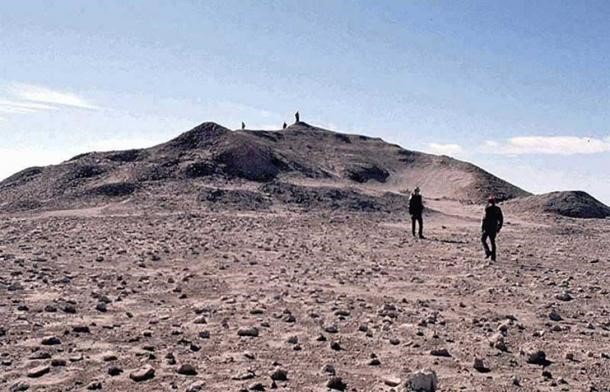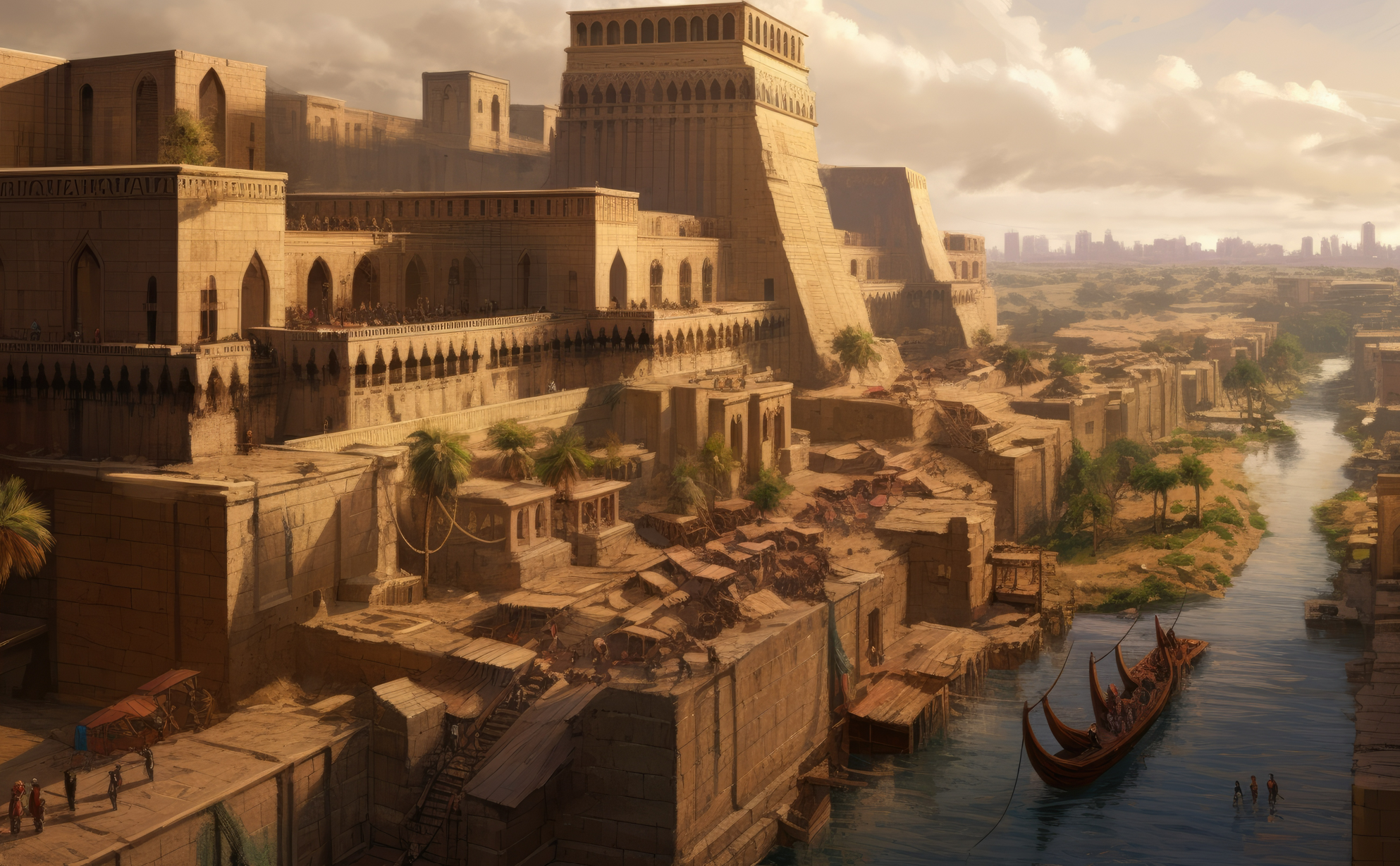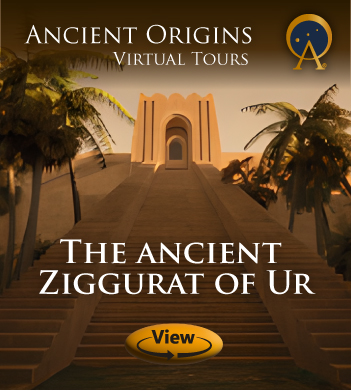
Regarded as one of Mesopotamia’s most ancient settlements and potentially the world, Eridu holds a legendary status. Ancient Sumerians venerated Eridu as the world’s inaugural city, a sentiment echoed in the Sumerian King List and Eridu Genesis. The site boasts 18 distinct layers of settlement, fueling debates about the veracity of the Sumerian claims.
Archaeological digs have unearthed structures from the 6th millennium BC. The city witnessed its golden age in the 4th millennium BC but was inhabited until the 7th century BC. However, by this time, its significance had waned.
Situated roughly 20 km southwest of the renowned city of Ur, Eridu, now referred to as Tell Abu Shahrain, is marked by a tell. This towering mound, rising about 7 meters high, is the result of consecutive settlements built atop previous ones, bearing witness to 18 levels of occupation. The majority of these layers are attributed to the Ubaid and Uruk periods, spanning from the 6th to 4th millennia BC.

The ruins of Eridu in 2011. (Ltybcc1/ CC BY SA 3.0 )
Sumerian texts are replete with references to Eridu’s ancient roots. The Sumerian King List proclaims, “After the kingship descended from heaven, the kingship was in Eridug.” The Eridu Genesis positions it as one of the five pre-Deluge cities, alongside Bad-Tibira, Larak, Sippar, and Suruppak.
Eridu’s patron deity, Enki or Ea in Akkadian, was the water god. Sumerian myths credit him with founding Eridu and from there, spreading civilization across the land. Excavations from the Ubaid period reveal Eridu’s stature as a hub for pottery, evidenced by vast pottery fragments and kiln waste. Moreover, remnants of fishing nets, weights, and reed boat models indicate that fishing was the primary economic activity.
Despite its prominence during the Ubaid period, Eridu eventually ceded its dominance to Uruk. However, it remained venerated as the premier city, preserving its religious importance. The decline of Eridu around the close of the 3rd millennium BC is believed to be due to ecological shifts, such as the receding gulf coast and an inconsistent water table. By the 7th century BC, it was but a shadow of its resplendent past.
In 2016, Eridu’s legacy was further immortalized when it was designated a UNESCO World Heritage Site.
Top image: Re-creation of Eridu. Source: Rick / Adobe Stock.






